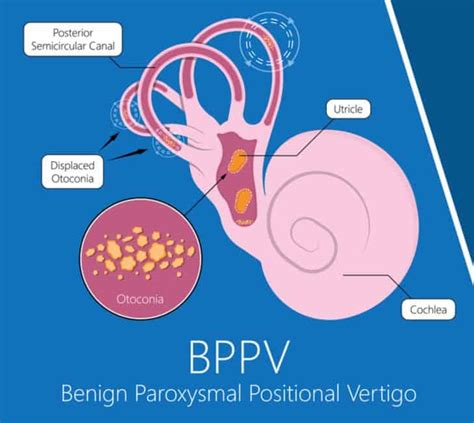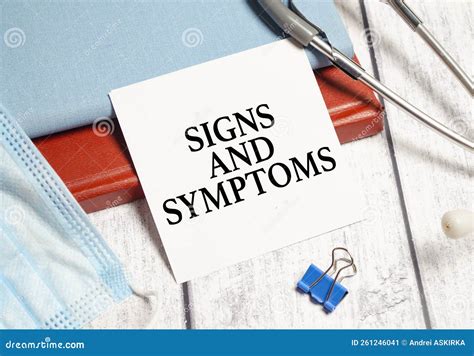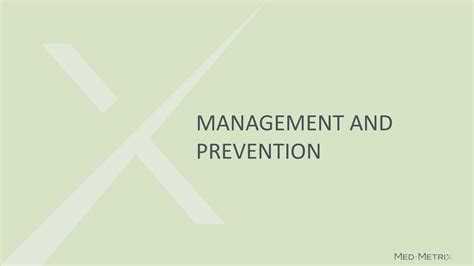Intro
Discover the causes and symptoms of Benign Postural Vertigo, a condition characterized by dizziness and balance disorders, also known as Benign Paroxysmal Positional Vertigo, and learn about diagnosis, treatment, and vestibular rehabilitation techniques.
Benign postural vertigo, also known as benign paroxysmal positional vertigo (BPPV), is a condition that affects the inner ear and balance system, causing brief but intense episodes of vertigo. This condition is characterized by a sudden sensation of spinning or feeling like the environment around is spinning, often triggered by specific head movements or positions. Understanding the causes, symptoms, and treatment options for benign postural vertigo is essential for managing the condition and improving quality of life.
The importance of addressing benign postural vertigo lies in its potential impact on daily activities and overall well-being. Individuals experiencing this condition may find it challenging to perform routine tasks, maintain balance, or even drive safely due to the unpredictable nature of vertigo episodes. Furthermore, if left untreated, benign postural vertigo can lead to increased risk of falls, anxiety, and depression. Therefore, it is crucial to seek medical attention if symptoms persist or worsen over time.
Benign postural vertigo is relatively common, affecting people of all ages, although it is more prevalent among older adults. The condition is often associated with inner ear problems, head injuries, or age-related changes in the vestibular system. Despite its benign nature, the condition can significantly affect an individual's quality of life, making it essential to explore treatment options and lifestyle modifications to manage symptoms and prevent future episodes.
What is Benign Postural Vertigo?

Causes and Risk Factors
The exact causes of benign postural vertigo are not fully understood, but several factors contribute to its development. These include: * Age: Benign postural vertigo is more common among older adults, likely due to age-related changes in the vestibular system. * Head injuries: Trauma to the head or neck can cause benign postural vertigo by damaging the inner ear or disrupting the vestibular system. * Inner ear problems: Conditions such as labyrinthitis, vestibular neuritis, or Meniere's disease can increase the risk of developing benign postural vertigo. * Genetics: Family history may play a role in the development of benign postural vertigo, as some individuals may be more prone to inner ear problems.Symptoms and Diagnosis

Treatment Options
Treatment for benign postural vertigo focuses on relieving symptoms and preventing future episodes. Options include: * Canalith repositioning procedure (CRP): A series of movements to help relocate calcium particles in the inner ear * Vestibular rehabilitation therapy (VRT): A customized exercise program to improve balance and reduce vertigo symptoms * Medications: Antihistamines, anticholinergics, or benzodiazepines to relieve symptoms, although these are not always effective * Lifestyle modifications: Avoiding triggers, such as certain head movements or positions, and maintaining a healthy lifestyle to reduce the risk of future episodesManagement and Prevention

Complications and Prognosis
If left untreated, benign postural vertigo can lead to complications, such as: * Increased risk of falls: Vertigo episodes can increase the risk of falls and related injuries * Anxiety and depression: The unpredictable nature of vertigo episodes can lead to anxiety and depression * Hearing loss: Untreated benign postural vertigo can contribute to hearing loss or tinnitus The prognosis for benign postural vertigo is generally good, with most individuals experiencing significant improvement in symptoms with treatment. However, some individuals may experience persistent symptoms or recurrent episodes, highlighting the importance of ongoing management and prevention strategies.Living with Benign Postural Vertigo

Coping Strategies
Coping with benign postural vertigo involves developing strategies to manage symptoms and prevent future episodes. Individuals can: * Keep a symptom journal: Track symptoms and triggers to identify patterns and develop a personalized management plan * Develop a support network: Connect with family, friends, and healthcare professionals to stay informed and motivated * Engage in stress-reducing activities: Practice relaxation techniques, such as meditation or yoga, to help manage symptoms * Stay active: Engage in regular exercise, such as walking or swimming, to maintain physical and mental well-beingWhat are the most common symptoms of benign postural vertigo?
+The most common symptoms of benign postural vertigo include a sudden sensation of spinning or feeling like the environment around is spinning, dizziness, nausea, and balance problems.
How is benign postural vertigo diagnosed?
+Diagnosing benign postural vertigo involves a combination of medical history, physical examination, and diagnostic tests, such as the Dix-Hallpike test, roll test, and vestibular function tests.
What are the treatment options for benign postural vertigo?
+Treatment options for benign postural vertigo include the canalith repositioning procedure (CRP), vestibular rehabilitation therapy (VRT), medications, and lifestyle modifications, such as avoiding triggers and maintaining a healthy lifestyle.
In conclusion, benign postural vertigo is a condition that affects the inner ear and balance system, causing brief but intense episodes of vertigo. Understanding the causes, symptoms, and treatment options is essential for managing the condition and improving quality of life. By incorporating treatment options, lifestyle modifications, and ongoing management, individuals can reduce the risk of future episodes and maintain a healthy, active lifestyle. We invite you to share your experiences and questions about benign postural vertigo in the comments below, and don't forget to share this article with others who may be affected by this condition.
